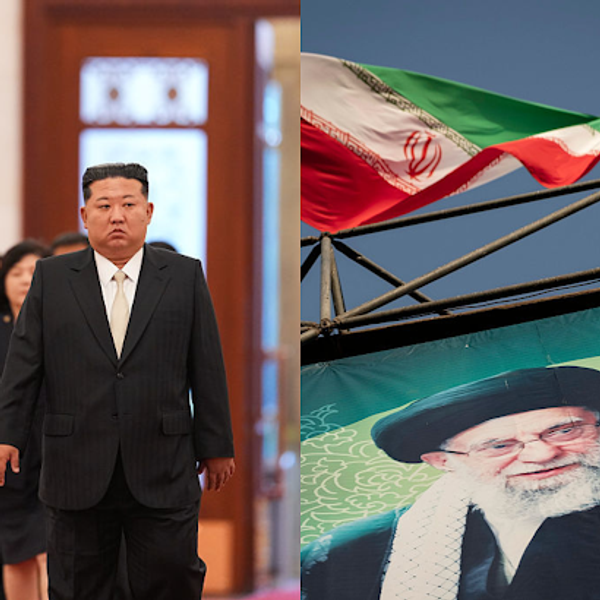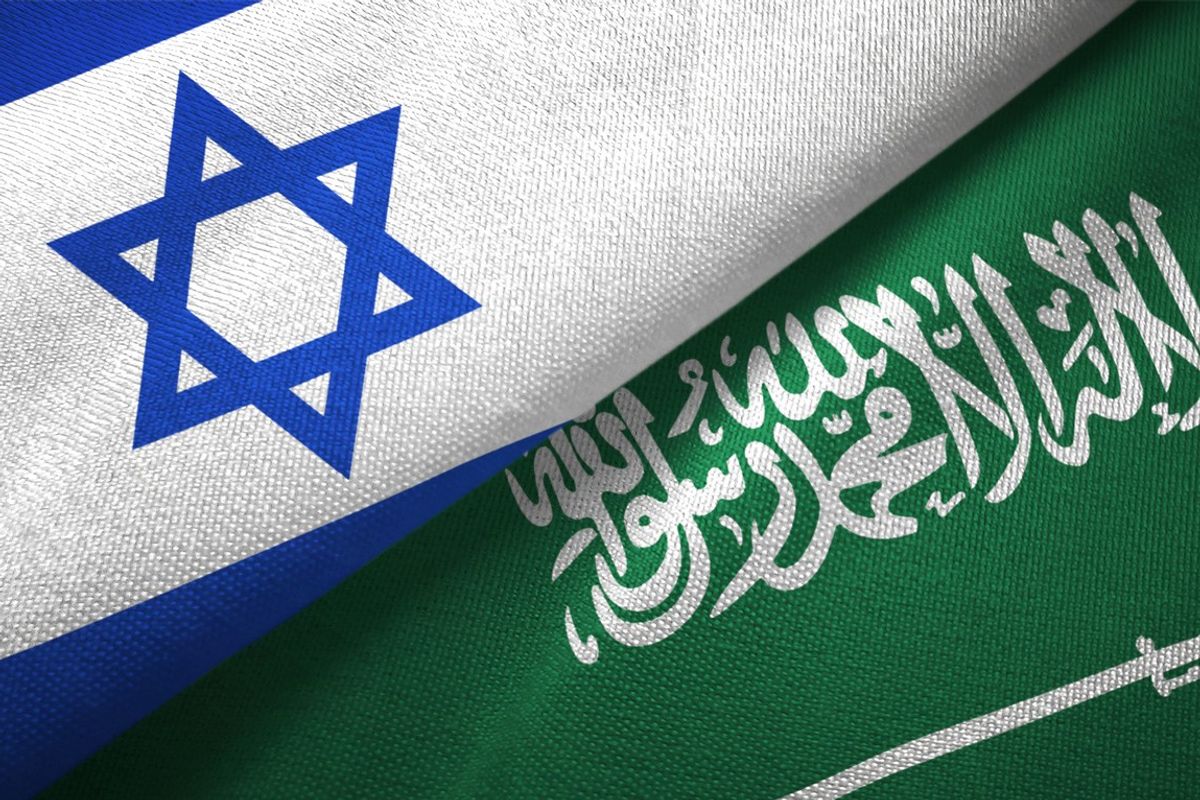Bottom Line Up Front
- Iran’s Shi’a militia allies in Iraq enable the mullahs to exert substantial influence over Baghdad, and will continue to do so no matter the composition of the new Iraqi government.
- Key Iraqi Shi’a militia commanders are emerging as prominent politicians in their own right, capable of promoting policies favorable to Tehran.
- Even though the so-called Islamic State has been mostly defeated in Iraq, Iran’s proxies remain armed and in a separate chain of command from the duly constituted Iraqi government armed forces.
- Trump Administration policy toward Iran will likely have spillover effects that contribute to tensions in Iraq between pro-Washington and pro-Tehran leaders and policies.
The Trump Administration appeared to achieve an important policy success in early October with the naming of an Iraqi president and prime minister, Barham Salih and Adel Abdul Mahdi, respectively—both of whom favor an enduring U.S. involvement in Iraq. The new leadership notwithstanding, Iran will continue to wield substantial influence in Iraq because its Islamic Revolutionary Guard Corps –Qods Force (IRGC-QF), headed by the powerful IRGC Major General Qasem Soleimani, arms, funds, and advises several powerful Shi’a militias. In August 2018, Iran reportedly transferred short-range ballistic missiles to some of these Iraqi Shi’a militia allies, enabling Tehran to project force deeper into the region. The IRGC-QF provides an estimated $150 million per year to Tehran’s proxies in Iraq.
The commanders of the most powerful Iran-backed militias, including Asa’ib Ahl Al Haq (AAH) leader Qais Khazali, the Badr Organization’s Hadi al-Amiri, and Kata’ib Hezbollah’s Abu Mahdi al-Muhandis, wield significant political influence by virtue of the forces they control. Their ties to Iran date from their underground struggle against Saddam Hussein in the 1980s and 1990s. Kata’ib Hezbollah was designated by the State Department as a Foreign Terrorist Organization (FTO) in June 2009 and Muhandis was convicted by Kuwaiti courts for the 1983 bombings of the U.S. and French embassies and an assassination attempt on the ruler of Kuwait in May 1985. Hadi al-Amiri is particularly close to Iran because his group was formed by the IRGC during the Iran-Iraq war to conduct insurgency operations against Saddam Hussein’s regime. AAH leader Qais al-Khazali earned unending U.S. enmity for the 2005 AAH raid that killed five American soldiers. One Iran-backed Shi’a militia, Harakat Hezbollah al-Nujaba, led by Shaykh Akram al-Ka’bi, was formed to help Syrian President Bashar al-Assad combat the Syria uprising and was instrumental in the regime’s recapture of Aleppo in 2016.
The militia commanders are emerging as political titans, enabling them to exercise formal influence that will undoubtedly constrain the authority of the relatively pro-U.S. leadership in Baghdad. Amiri’s “Conquest” faction won the second most votes in the May 2018 election. AAH leader Khazali occupies one of that group’s 12 seats in the Iraqi parliament. Several of the Iran-backed militias are offshoots of the “Mahdi Army” militia that Shi’a cleric Moqtada Al Sadr formed in 2004 to combat the U.S. military. Sadr’s faction won the highest number of votes in the May election, making him one of Iraq’s most powerful figures, even as Sadr himself remains outside of the government.
As powerful politicians, the Shi’a militia commanders are well positioned to advocate a U.S. withdrawal from Iraq now that the Islamic State has been mostly defeated in Iraq—a position strongly supported by Tehran. The commanders have thus far successfully resisted U.S. pressure on Baghdad to incorporate their forces into the formal security structure. The militia leaders are likely to become even more strident in their anti-U.S. stances in light of the Trump Administration’s policy of insisting on strict international sanctions to depress Iran’s economy. That policy, which includes strongly resisting the appointment of high ranking Iran-backed militia members to a new Iraqi cabinet, breaks from the informal U.S.-Iran understandings that heretofore kept tensions between pro-Washington and pro-Tehran factions under control. Rather, the likely trajectory for Iraq is an intensified tug-of-war between the United States and Iran to influence Iraq’s policies, with the people of Iraq once again caught in the middle.









